After a month in Bonaire, it was time to move on. We needed to be in St Lucia by Christmas to meet family and friends who were coming to see us and we wanted to head to St Martin first for a big boat spares shop – duty free!
As usual, we checked the wind and sea state predictions carefully. We knew that this would not be an easy passage as the direct route would take us straight into the prevailing north easterly winds. This, along with a westerly current would make it almost impossible to sail directly to St Martin. Many people that we had spoken to had said we were crazy to head back east. Others, who had done the passage before, said it was certainly possible, but it would probably be an uncomfortable sail.
All of the models on PredictWind were giving us a similar message: a passage of approximately 500nm which would take just under four days. The winds were forecast to be mainly easterly and the sea state would be between 1 and 2m. On paper, a perfect passage. In practice, it turned out that we were glad we had prepared for a longer voyage!
After several postponements due to unfavourable conditions, we eventually left Harbour Village Marina on Wednesday 23rd November 2022.
The journey stated well with a gentle sail south along the west coast of Bonaire. Blue skies and an easterly wind of Force 4 (11 – 16 knots) made for a sail of 6-7 knots. Reaching the southern tip of the island, we continued east to ensure that, when we tacked to head north, we didn’t end up back on the east coast of Bonaire.
Heading north, the wind was not as promised. It was more north easterly. This, along with the westerly current, meant that our route was taking us, not to St Martin, but several hundred miles west to Puerto Rico. Before setting off, we knew that this may happen and had prepared ourselves for a longer zigzagging route, rather that the straight line that had been predicted.
Sailing into wind and current is always a rougher ride and Escapade ploughed into the sea with waves breaking over her bow. The water pounding on the deck meant that we found a few new leaks on this trip! It also meant that life on board was less comfortable and both of us struggled to sleep for the first few nights.
Throughout the passage, we were kept on our toes, by regular squalls, bringing with them change in wind direction and increase in gusts. These are always easier to manage during the day, when you can see the black clouds on the horizon, but obviously this is much harder at night. Luckily, we are becoming much better at reading the warning signs – change in temperature, the initial increase in wind strength and the occasional onslaught of rain. Checking the radar image then shows us the size and direction of the squall and enables us to change the sail plan to be ready for whatever nature may throw at us. We found that, usually, a reef in the genoa was enough to stabilise the boat until the squall had passed.
Overall, the passage was (thankfully) generally uneventful and not as difficult as we had expected. It was a long passage, but finally after 650 nm and 5 days 9 hours, we arrived in Marigot Bay, St Martin. The sun had already gone down, but we celebrated our safe arrival with a steak dinner, red wine and a good night’s sleep.
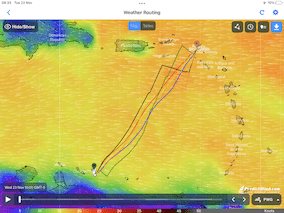
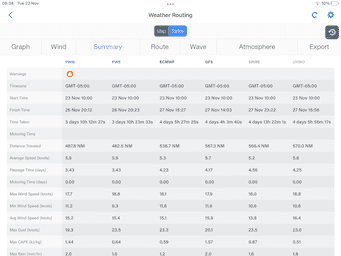

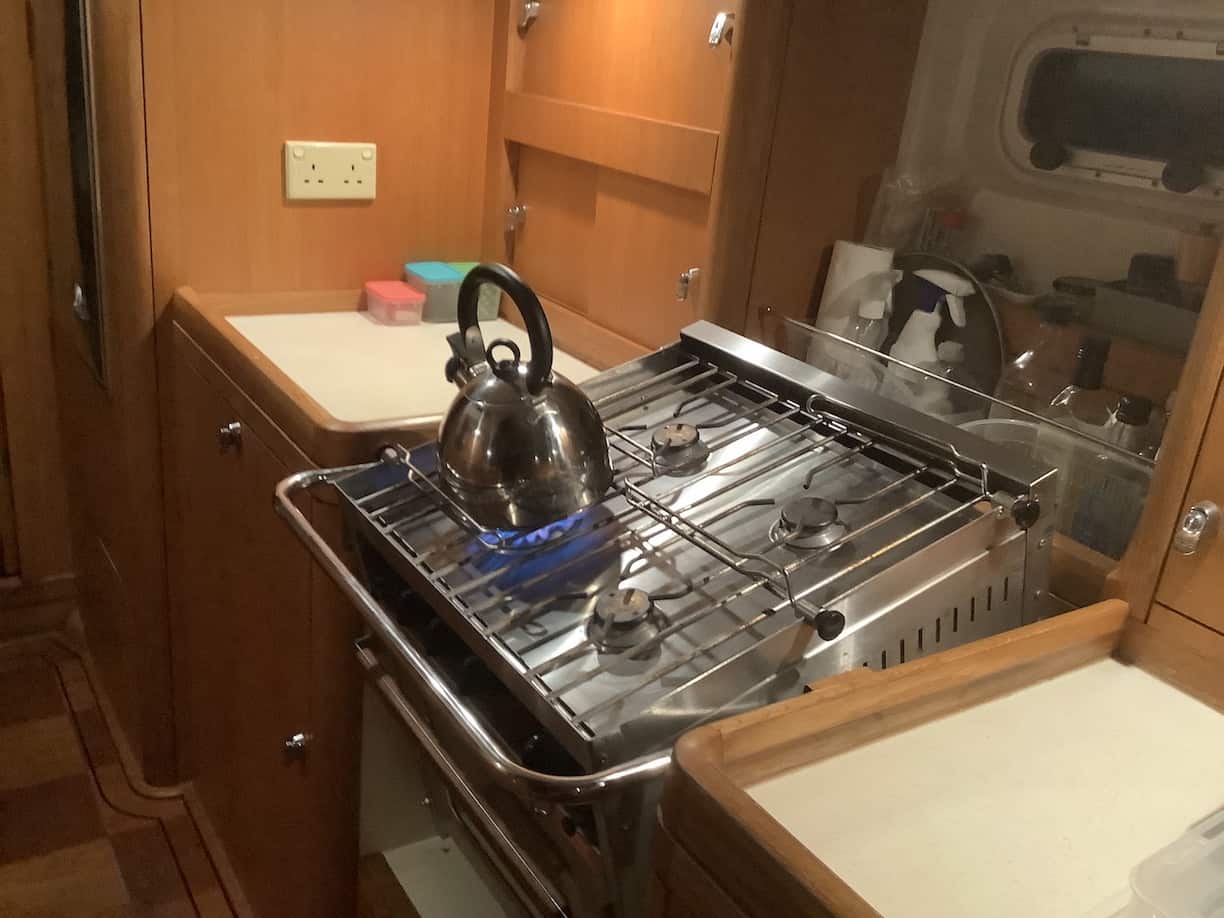
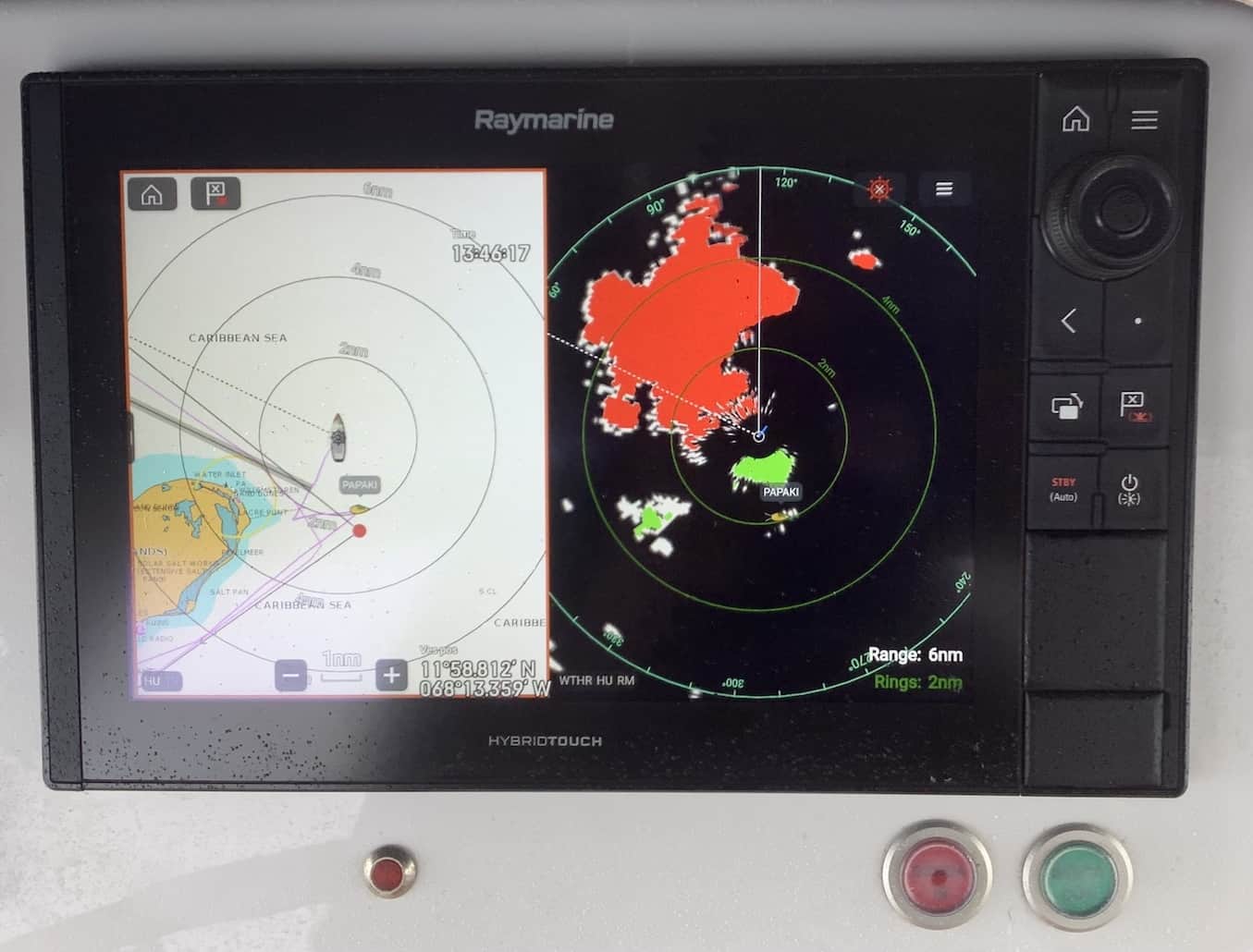
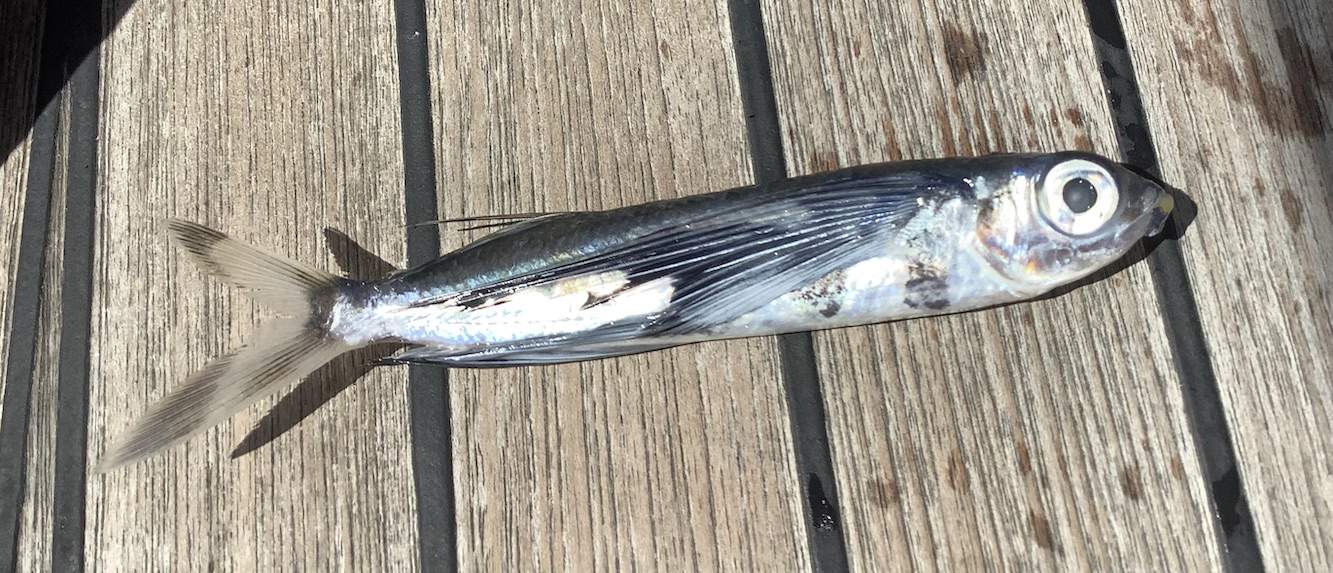
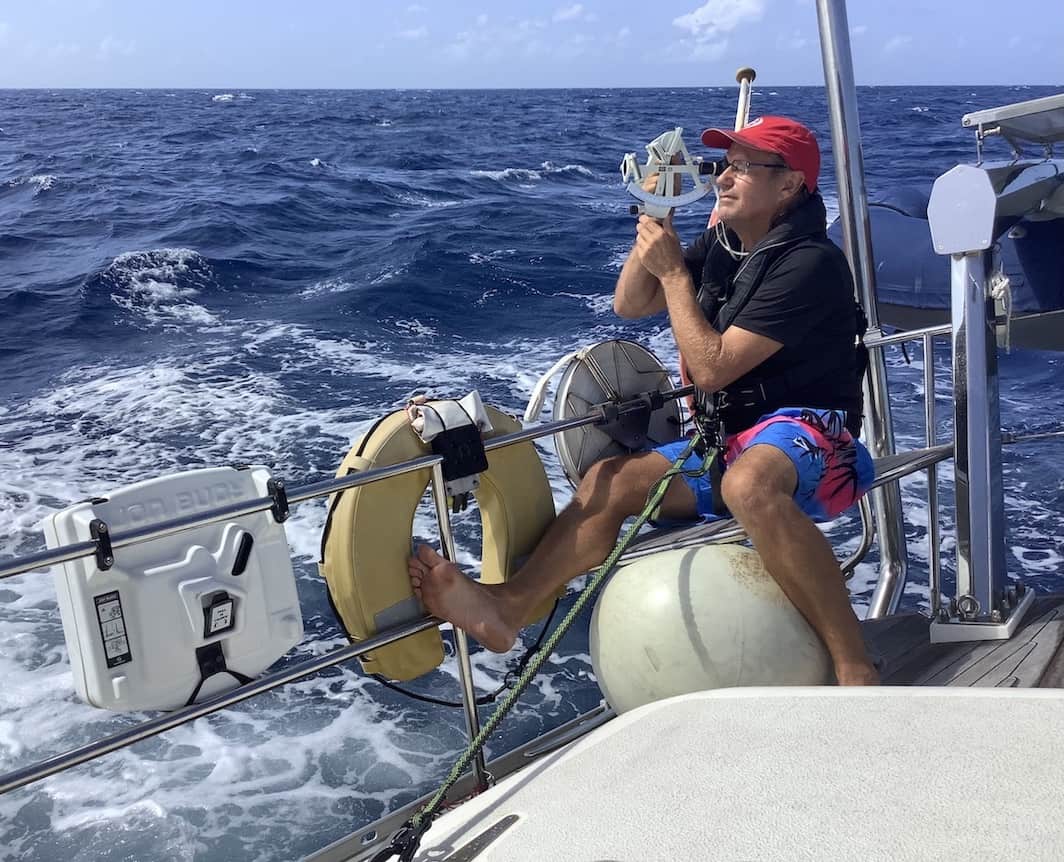

Thanks for the video, made me yearn to get back to open sea again.
It was a good passage for us. Much better than we expected!
Good practice for the Pacific 😜
Definitely! Not long now before the off! Hoe to see you next year…
Enjoyed reading of your passage! Glad it turned out well for you. We are about to embark on the exact same journey, next Wednesday, March 15 on our catamaran. We will especially remember your tips on handling the squalls. Cheers!
Hi Paul,
Great to hear from you and so pleased that some of our tips are useful. Apologies for the delay in reply. We have been out of internet range for a while. One of the regular problems with cruising life!!
Hope your passage to St Martin went well.
We have just gone through the Panama Canal and head to Galapagos on Wednesday!!
Fair winds